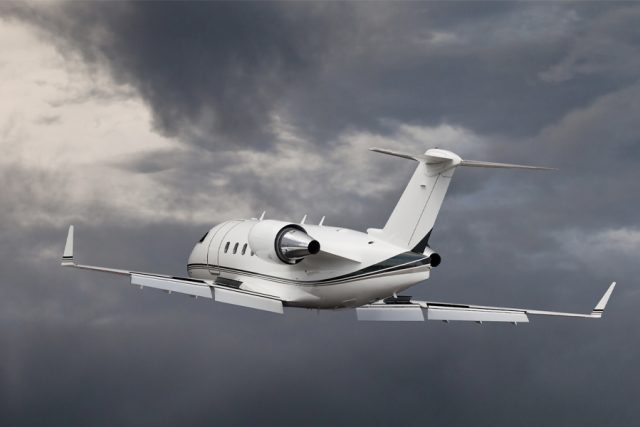In the world of private jet travel, where time is money and luxury is the standard, private jet travelers need to be aware of factors that even the most opulent aircraft can’t control – the weather. Weather patterns can significantly impact flight operations, and it helps if private jet travelers understand the robust planning and mitigation strategies required to keep them safe.
The Impact of Weather Patterns
Weather can affect aviation in various ways, from minor inconveniences to severe disruptions. Here are some common weather-related challenges private jet owners and operators face:
Turbulence: One of the most common weather-related issues, turbulence can be uncomfortable for passengers and, in extreme cases, can pose risks to the aircraft. The good news is that pilots and operators are often able to track and plan for turbulence, altering routes as necessary.
Thunderstorms: Thunderstorms can cause delays and diversions. Lightning, heavy precipitation, and strong winds within a thunderstorm can make flying hazardous. Private jet operators often employ meteorologists to provide real-time weather updates and forecasts to mitigate these risks.
Icing: As a Canadian-based company, we know that in colder climates, icing can be an issue. Ice accumulation on an aircraft’s wings and other surfaces can affect aerodynamics and performance. Pre-flight checks and weather monitoring are essential to avoid such situations.
Fog: Reduced visibility due to fog can make takeoffs and landings challenging. However, private jets are well equipped with technology and pilots are proficient in instrument flying that allows them to “see” through foggy conditions.
Crosswinds: Have you ever seen an aircraft flying askew to the runway its landing on? That’s because pilots want to keep the aircraft pointed into the wind and maintaining lift. Strong crosswinds during takeoff and landing require skilled piloting. Pilots receive specialized training to handle such conditions safely.
Weather Forecasting: Private jet operators rely on advanced weather forecasting services and meteorologists. They subscribe to real-time weather updates and use advanced weather radar systems to make informed decisions about routes and flight plans.
Alternate Airports: Pilots are trained so that it becomes second nature to identify alternate airports along their flight path in case the destination airport becomes inaccessible due to weather. They’ll know when and where to put down in such conditions.
Delays or Rescheduling: While it is inconvenient to the traveler, private jet operators always have the flexibility to delay or reschedule flights when adverse weather is forecasted. This avoids risky situations and keeps passengers safe.
Communication is key. At Avionco, this is one of our core values and it’s just as true for private jet pilots who maintain constant contact with air traffic control and their operations teams, sharing updates on weather conditions and coordinating changes in flight plans when necessary.
While we can’t control the weather, we can control the aircraft. Advanced technology, skilled pilots, and meticulous planning all play crucial roles in managing the challenges presented by weather patterns, allowing private jet travelers to reach their destinations with confidence and style.
